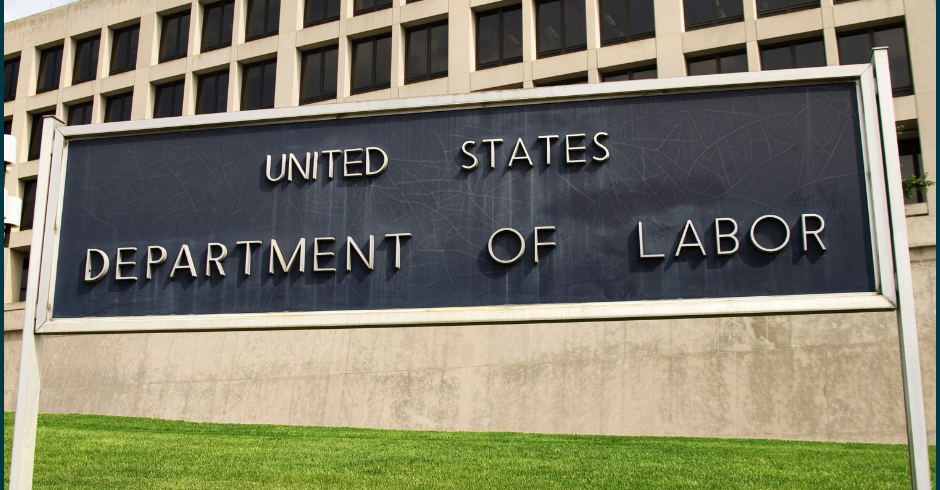By Carrie M. Roelle and Jackson T. Treadway

The U.S. Department of Labor’s Wage and Hour Division (WHD) has announced it will no longer enforce the 2024 Independent Contractor Rule regarding how businesses classify workers under the Fair Labor Standards Act. In its place, the Department of Labor is returning to the more flexible, employer-friendly standard previously applied before the 2024 Rule was promulgated.
The “Economic Reality” Test Returns
Instead of a rigid rule, the WHD will again apply a multifactor “economic reality” test that considers the totality of the relationship between the worker and the employer. Key factors in this analysis include:
- Whether the services provided are integral to the business.
- The permanence of the working relationship.
- The worker’s investment in tools and equipment.
- The nature and degree of control exercised by the business.
- The contractor’s opportunity for profit or loss.
- The level of initiative and judgment in open market competition required for the worker to be successful.
- The presence of an independent business operation.
No single factor is controlling, and each situation must be evaluated based on its specific facts.
Why This Matters for Employers
This change could offer employers more flexibility when engaging independent contractors. However, it also requires employers to again weigh multiple factors when reviewing the classification of their workers.
Importantly, although the WHD will not enforce the 2024 Rule, that regulation still applies in FLSA lawsuits brought by employees themselves. Employers should remain mindful of the evolving legal landscape regarding worker classification. Employers are encouraged to review existing independent contractor agreements to ensure they reflect accurate classification based on the WHD’s listed factors.
For more information about this development, please contact Carrie Roelle, Jackson Treadway, or another member of the KDDK Labor and Employment practice group.






